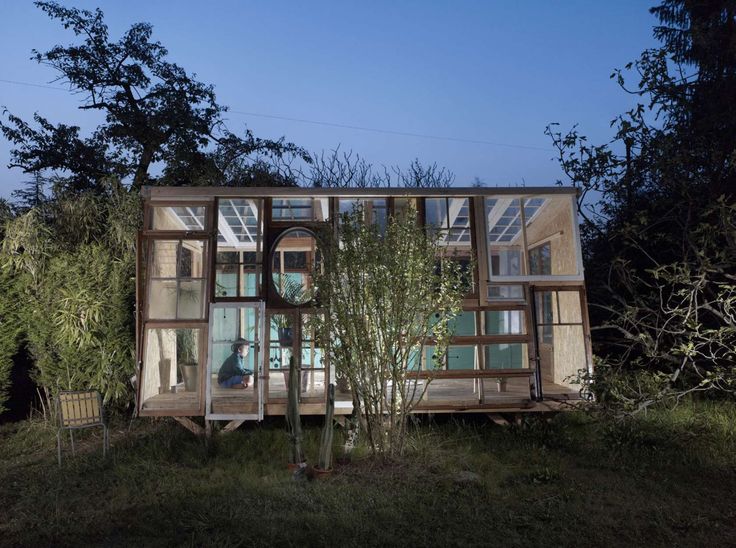

1Īmidst this postwar boom, in 1956 the city Parks and Recreation Board proposed a three-phase $1,200,000 program, an expansion of their master plan for the development of parks and recreation centers. These included the public sector, especially parks and recreational facilities to serve a booming population. The major population growth in Albuquerque came after the end of the Second World War, and the expansions in military bases and atomic facilities motivated further expansions and developments all around the city. Flatow and his partners took a different approach, however, and they aimed for modernism that could relate to its surroundings through materials, colors and forms. Meem’s work was very popular and influential in the region, and many architects imitated the appearance of vernacular architecture through modern materials. Architect John Gaw Meem played a critical role in developing a regional architectural style, the Pueblo Revival. They followed different approaches to reach this goal. In Albuquerque, architects wanted their designs to speak of the ancient history of the city and the Southwest region. Without any doubt they had a major hand in making Albuquerque what it is today.Ī sudden growth in a city allows us to see the major architectural movements of the time.

Photograph by author.ĭuring the 1950s, while Albuquerque was still taking shape, architects with different visions were creating the scene of the city, and these included Flatow, Moore, Bryan and Fairburn, among the most influential modern architects in this region. Exterior, Rio Grande Pool September 2015.


 0 kommentar(er)
0 kommentar(er)
